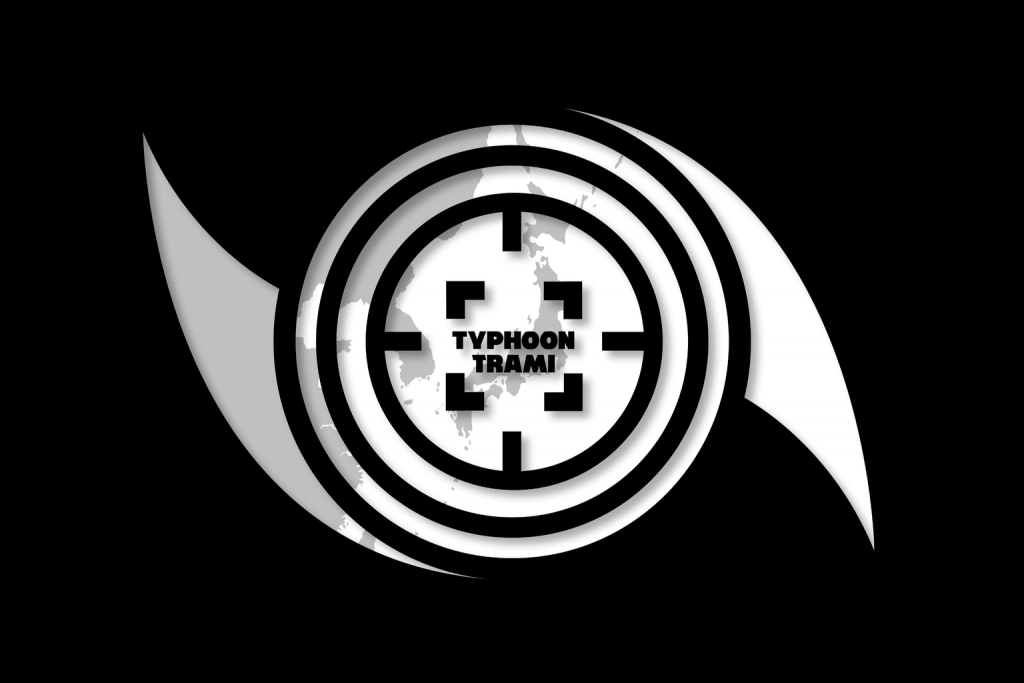Flights were canceled and train lines were suspended in Tokyo as Typhoon No. 24, also known as Typhoon Trami, unleashed extremely strong winds, storm surges and torrential rain throughout the night.
According to NHK World reports, at least two people were killed and more than 120 were injured from the powerful storm that swept from Okinawa to Hokkaido from Sunday evening into Monday morning.
Typhoon wreaks havoc in Japan https://t.co/RgGgziI9b0
— NHK WORLD News (@NHKWORLD_News) October 1, 2018
Travelers Stranded
All Shinkansen bullet train operations between Tokyo and Shin-Osaka were stopped after 17:00 pm Sunday and East Japan Railway stopped all of its train services in the Tokyo metropolitan area, including the busy Yamanote line beginning at 8:00 pm Sunday.
As of Monday morning, all Shinkansen bullet trains have all resumed full operations. Most lines of the East Japan Railway have resumed service, however many are reporting delays with some service still suspended.
Police say a Keio Line operating in Setagaya Ward struck debris from a cinder block wall that collapsed onto the tracks.
Airlines canceled more than 1,000 domestic flights on Sunday due to the typhoon. As of publication, airlines have canceled more than 230 flights for Monday. Operators are asking passengers to check their websites for the latest information.
I was getting ready to go to bed early because of the typhoon, but then realized I won’t get any sleep…because of the typhoon. pic.twitter.com/i3f12qz6Yb
— Lisa Wallin (@lisawritesjp) September 30, 2018
Record-strength Winds
In the Tokyo region, record-strength wind gusts topped over 160 kilometers per hour. Minor damage has been reported. More than 410,000 homes are without power in Tokyo and neighboring prefectures.
In the Kyushu prefecture of Miyazaki, houses flooded after a river overflowed its banks. A missing man is believed to have fallen into an irrigation ditch.
In Okinawa, 46 people were injured while another 20 were injured in Kagoshima Prefecture. A 55-year-old man suffered a broken leg when strong winds flipped over his small truck on Amami-oshima Island.
Evacuation orders are still in place for more than 18,000 people in parts of central and western Japan and also the northern island of Hokkaido.
The Ehime Prefecture International Center has prepared emergency phrase cards in six languages: English, Indonesian, Chinese, Spanish, Korean, and Portuguese.
Typhoon Trami comes less than a month after the country’s strongest storm in 25 years hit western Japan, causing massive flooding, mudslides and at least seven reported deaths.









